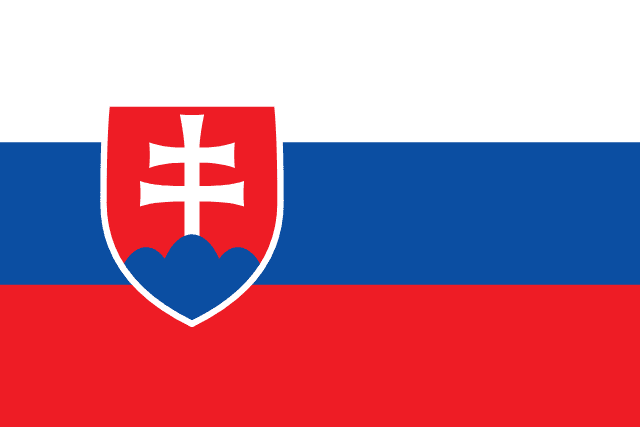Country Information
| Sovereign State | Yes |
| Country Codes | SK, SVK |
| Official Name | Slovak Republic |
| Continent | Europe |
| Capital | Bratislava |
| Government Type | Parliamentary Republic |
| Currency | Euro (EUR) |
| Calling Code | +421 |
| Member Of | European Union, United Nations, NATO, OECD, WTO |
| Population | Approximately 5.45 million |
| Total Area | 49,035 square kilometers |
| Highest Point | Gerlachovský štít (2,655 meters, 8,711 feet) |
| Lowest Point | Bodrog River (94 meters, 308 feet) |
| GDP Per Capita | $19,877 |
| Life Expectancy | Around 77 years |
| Internet TLD | .sk |
Slovak National Anthem
Nad Tatrou sa blýska
Lightning over the Tatras flashes
Thunder wildly beats
Let us stop them, brothers
After all they will disappear, Slovaks will revive
This Slovakia of ours
Has been asleep so far
But the thunder’s lightning
Is rousing it to come alive
Flags of Neighboring Countries
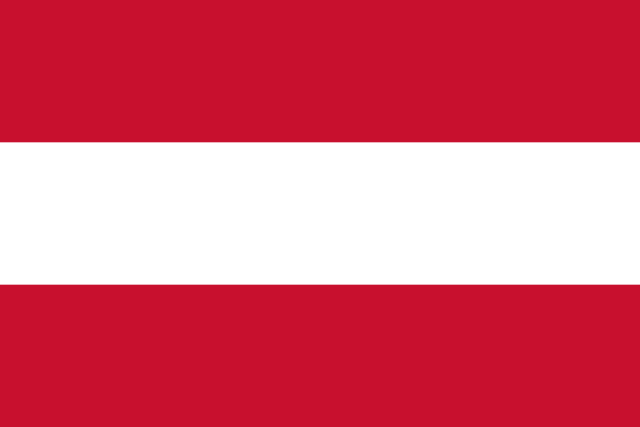
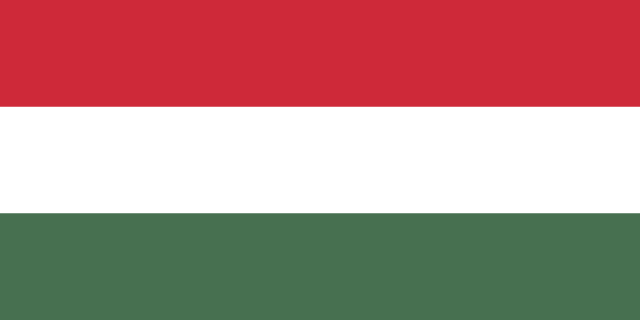

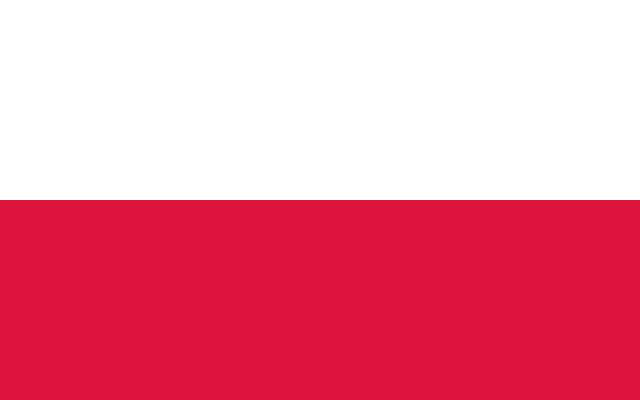
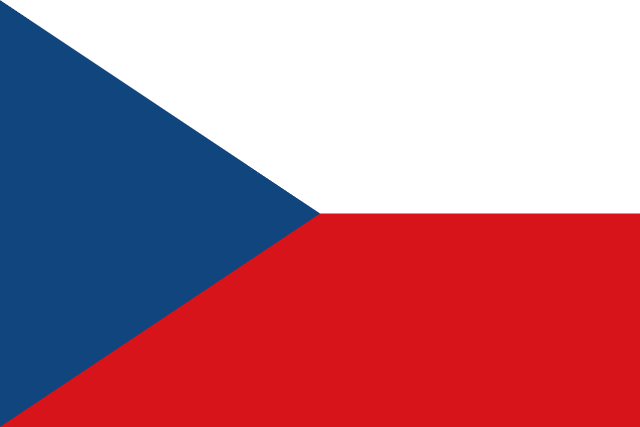
History of the Slovak Flag
The flag of Slovakia is a source of national pride, embodying the country’s history, heritage, and independence. The current flag was adopted on September 3, 1992, ahead of the dissolution of Czechoslovakia on January 1, 1993. It features three horizontal bands of white, blue, and red, which are traditional Pan-Slavic colors, representing Slavic unity and heritage. This color scheme is common among other Slavic nations, originating from the Russian flag.
At the hoist side, the flag is charged with the national coat of arms, which consists of a red shield with a white double cross on three blue hills. The double cross is a symbol of Christian faith and the three hills represent the Tatra, Fatra, and Matra mountain ranges which symbolize the peaks in Northern Slovakia and the shared history with Hungary.
Throughout history, the Slovak flag has undergone several changes, especially during periods of political upheaval and changes in government. The first known flag of Slovakia was used during the Slovak Uprising in 1848. The use of national symbols, including the flag, was suppressed during different regimes, especially under the rule of Hungary and during the era of Czechoslovakia.
The current flag’s design is a testament to Slovakia’s sovereignty and independence following the peaceful dissolution of Czechoslovakia. It represents not only the nation’s past but also its aspirations and unity. The flag is a symbol of the country’s enduring identity and its place in the European and global community.

